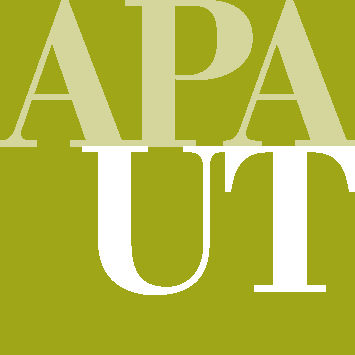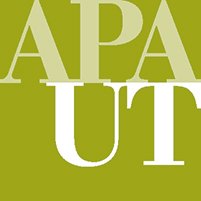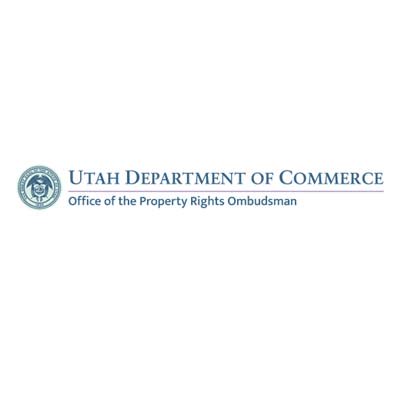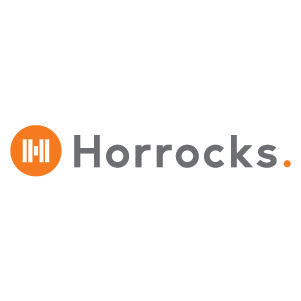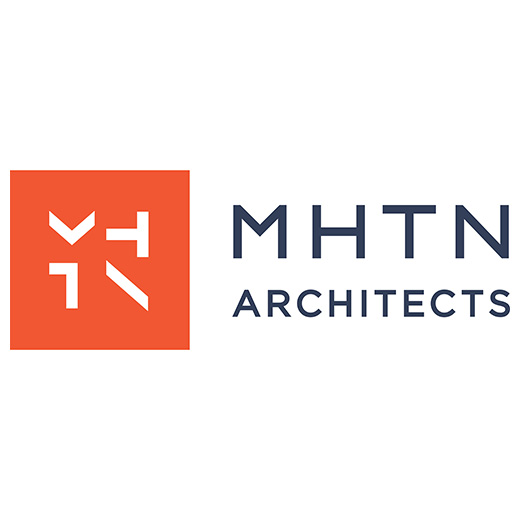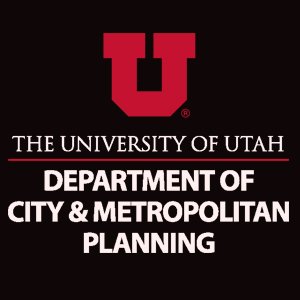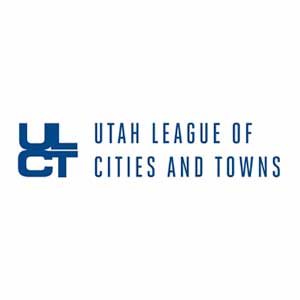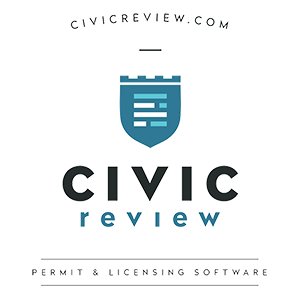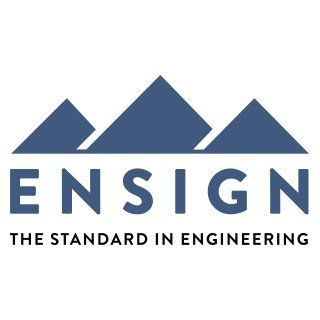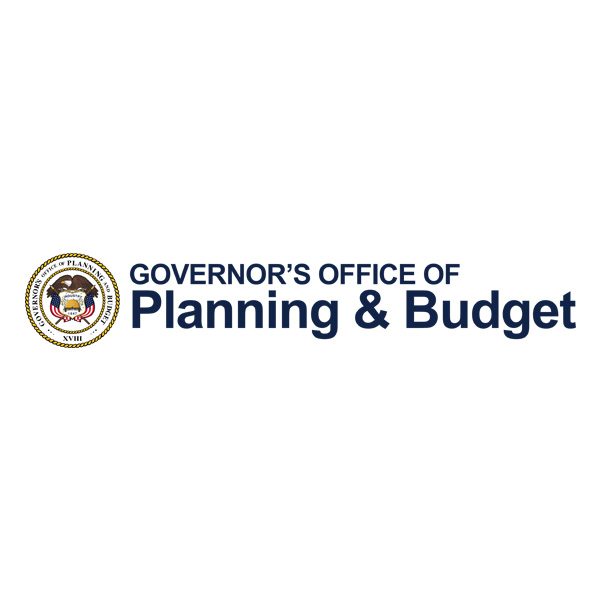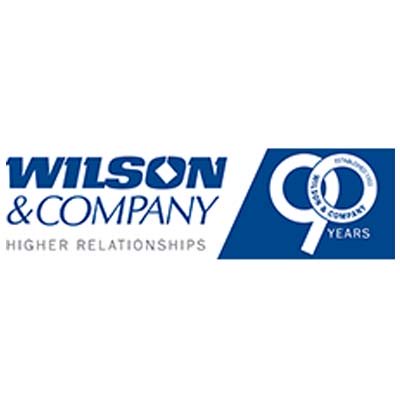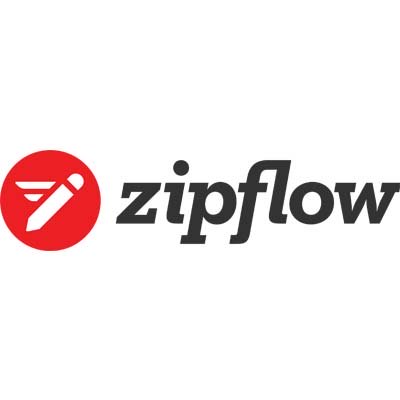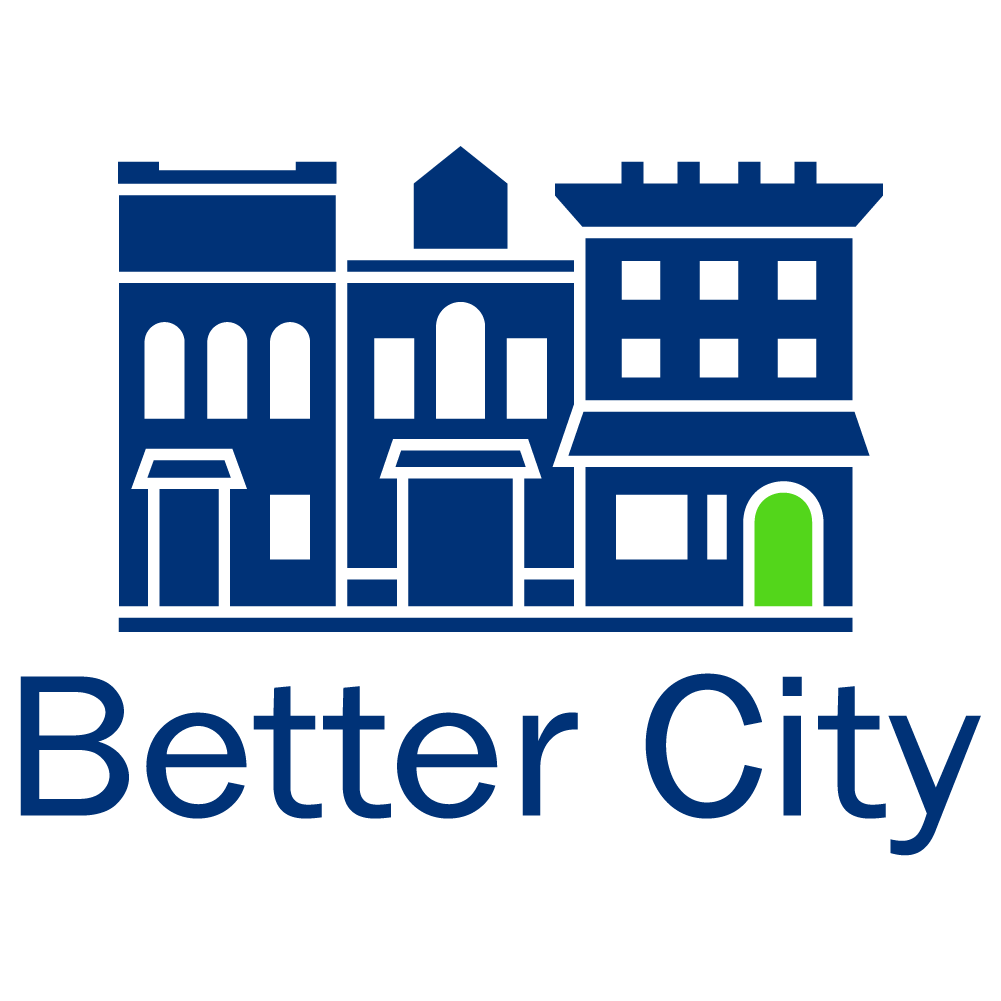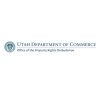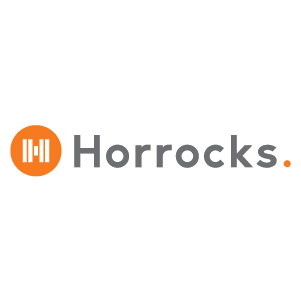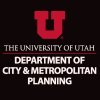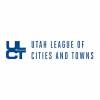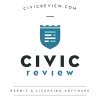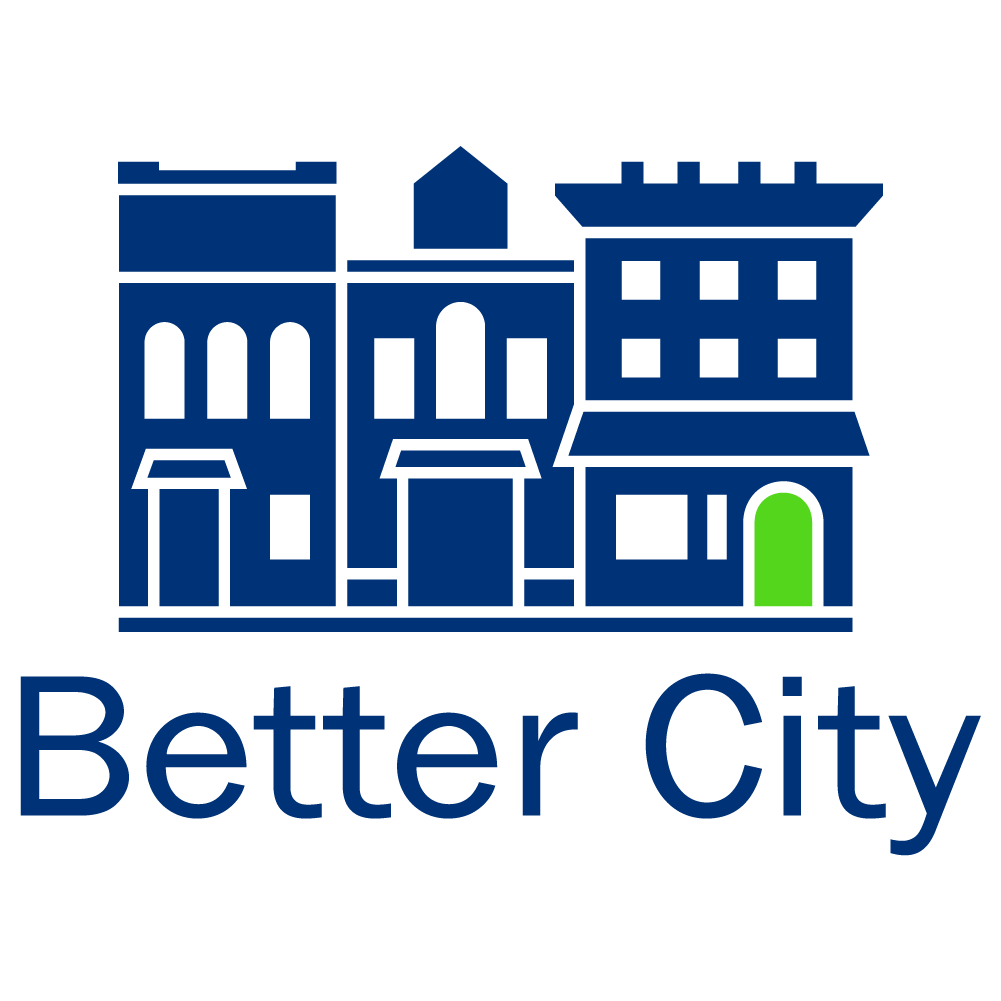Heat, Health & Equity: The Effects of High Temperatures on Health, and Ways to Mitigate Heat in Our City
July 14, 2021 by admin
Environmental, Equity
It was not until very recently that Salt Lake City temperatures reached a historic 107 F degree. People are indeed feeling the increase in temperatures. Due to the ongoing drought and high temperatures, Salt Lake County’s health experts are warning residents to stay hydrated and avoid prolonged exposure to heat. This drought also raises concerns about the severity of factors that place folks at risk of heat-related illnesses.
Climate change, in general, is leading to more frequent, severe, and longer heatwaves. In Utah, average temperatures have increased by almost 2 degrees since the early 1990s. Moreover, the National Oceanic & Atmospheric Administration says that extreme heat kills more American than any other weather event (see picture below). Unfortunately, heat is often disregarded as just a typical summer day, but these can be deadly.
On the other hand, have you ever wondered who is most At-Risk to heat-related illnesses? What strategies can we implement to mitigate heat in our cities? Or in what ways can we make mitigation more equitable?
“More than 700 people die from extreme heat every year in the United States.” –CDC
What about Heat-Related Illnesses?
Overall, extreme heat is associated with increased hospitalizations. Extreme heat can lead to a range of illnesses, including heat exhaustion, heatstroke, heat cramps, sunburn, heat rash, hyperthermia, and fainting. It also worsens pre-existing conditions such as cardiovascular disease, respiratory disease (COVID for example), and diabetes.
Moreover, this summer does not make it any easier. 210 million Americans live in places where high summer temperatures put them at risk for heat-related problems. The picture on the right (provided by the CDC) illustrates what things to look for and what to do when experiencing heat-related illnesses.
But who is most at risk?
The answer is older “adults, children, and folks with pre-existing conditions (weather.gov)”. Utah Climate Action Network frames as vulnerable those people who are farmers, construction, and outdoor workers. However, what about those who do not have access to shelter? What about those folks who lack access to essential services like water for proper hydration? Who is missing in these definitions?
We need to consider other social factors. For instance, the historic redlining which is responsible for placing predominately people of color at risk. What is redlining? Redlining consisted of land-use policies that explicitly segregate Black and Brown folks into non-desirable areas since the early 1930s. These undesirable areas have not changed much since. Thus, people of color are still facing the ripple effects of redlining and heath disparities.
As shown in the map below, you can see the redlined areas in Salt Lake City back in 1940, where the west is categorized as “hazardous”. These “hazardous” areas are now, for the most part, predominately communities of color (airport, Northwest Quadrant, Northwest, and the Westside). These communities today are surrounded by roads, airports, and not many of them have adequate access to parks or green spaces. The precedent of land-use practices posses a unique challenge to achieve equity in heat mitigation strategies today.
People of color experience high-level temperatures due to the Heat Island Effect. But Carlos, what is the Heat Island Effect?
“Heat islands are urbanized areas that experience higher temperatures than outlying areas. Structures such as buildings, roads, and other infrastructure absorb and re-emit the sun’s heat more than natural landscapes such as forests and water bodies” (EPA).
Now, if the Heat Island Effect makes some areas experience heat more than others, and redlining pushed people of color to undesirable neighborhoods, what does all of this mean?
The Heat Island Effect plays a role since these industrial areas lack access to parks and green spaces. They are for the most part carved and covered by freeways, roads, parking structures, and buildings that absorbs and radiate more heat than natural landscapes like parks. In simple terms, the Heat Island Effect drives temperatures up. Here in Salt Lake City for instance, green infrastructure could help mitigating these effects. The west (predominately communities of color) is in “greater need” of parks access. Reiterating the need for consideration of the historic factors, as well as current spatial and socio-economic characteristics.
Overall, people of color experience the heat island more than the white counterparts. A scientific study found that “94% of formerly redlined areas, which remain mostly lower income communities of color, are exposed to higher temperatures than non-redlined”. Another researcher found that “from 2000 to 2012, 50% of all people who die from heat in New York were black”. It is the socioeconomic disparities such as living conditions and language access that make ethnically minority groups in the U.S. susceptible to heat-related illnesses.
Therefore, mitigating heat requires special attention to existing barriers like access to health, spatial inequalities, environmental racism, and more. Making heat less severe for communities of color must then, require changes in planning practices that actively seek a better quality of life for all its residents.
What about Climate Change?
Climate change in general, is leading to more frequent, severe, and longer heatwaves. The United Nations International Panel on Climate Change reiterates that extreme weather events like droughts, heat waves… are “direct causation from the ongoing climate crisis.” Therefore, we need to really start thinking about ways to prepare for the expected increasing temperatures.
In Utah, average temperatures have increased by almost 2 degrees since the early 1990s. Also, “86% of Utah counties are experiencing on average more than nine days of extreme heat” (see map above).
“Utah as a state does not have a climate adaptation plan to prepare for the health impacts of more extreme heat” –The Georgetown Climate Center
What can we do about it?
How can we implement policies that can mitigate heat equitable and successfully? Here are the top five strategies to make the heat less severe.
- Green infrastructure (trees, green roofs, vertical gardens, and others) is proven to provide cooling effects. Trees have a direct cooling function in urban air through shading and evapotranspiration. In other words, humidity, cooling and more shade.
- Our cities could also consider establishing early warning systems for the community to be aware of risky temperatures. Making informational campaigns for folks with limited internet access, and considering language proficiency, for example.
- Implement cooling centers by using hospitals, schools, libraries, and other communal spaces. Salt Lake County does have cooling centers. You can find your location here. Important to note that these centers “may require fees to participate in services and programs.” However, this initiative should consider fostering unsheltered folks in our community, as well as people who do not have the financial resources to pay these fees.
- Avoid the suspension of utilities during extreme heat events. Access to essential services like electricity and water is vital for people’s health in extreme weather events like heat. In Utah, “Shut Off Protection” covers “eligible households from utility shut off between November 15 and March 15.”For instance, we know the impacts of the ongoing drought and high temperatures have on vulnerable populations. We also know that underserved folks are the ones most impacted by the pandemic. These factors add another layer of vulnerabilities that we might need to consider. A moratorium on water and electric bills when cities experience drought can save lives. This approach will allow folks in our community to stay cool and hydrated.
- Equitable mitigation involves paying attention to existing barriers to health access, spatial inequalities, and environmental racism. Taking necessary actions to serve folks without air conditioning, shelter, water, or access to the internet.
Making heat less severe for underserved communities must require changes in planning practices that actively seek a better quality of life for all its residents. Heat illnesses are treatable and preventable if recognized early enough. Therefore, early warning systems and engaging with vulnerable and underserved communities with information about heat and its potential implications for their health is crucial.
Stay hydrated!
Carlos Santos-Rivera
Graduate Student | University of Utah
#heat #utah #climateChange #saltlakecity #vulnerablecommunities #health #equity
Recent News
- » APA UT- Call for Nominations
- » 2024 APA UT Spring Conference: Cedar City, UT. The Call For Sessions is Currently Open.
- » Planning In The News- Opinion: As a commuter who can’t afford to live in Salt Lake City, I still deserve to be heard
- » Hurry, it’s the final week to grab your conference tickets at regular prices!
- » Planning in the news: BYU students aim to eliminate parking woes through AI tracking system
- » Planning in the news: Living in Daybreak- What residents say the Utah community is really like
